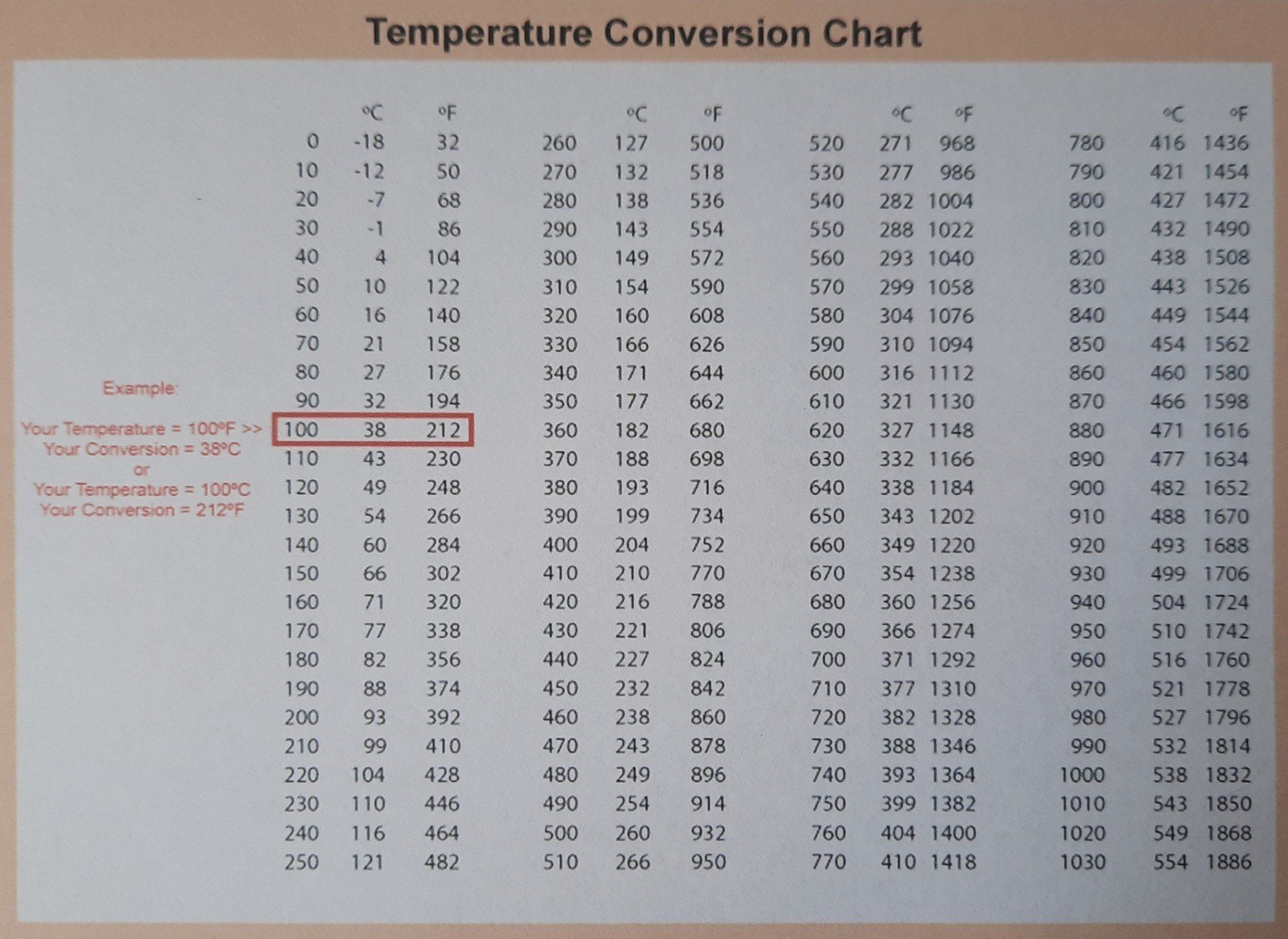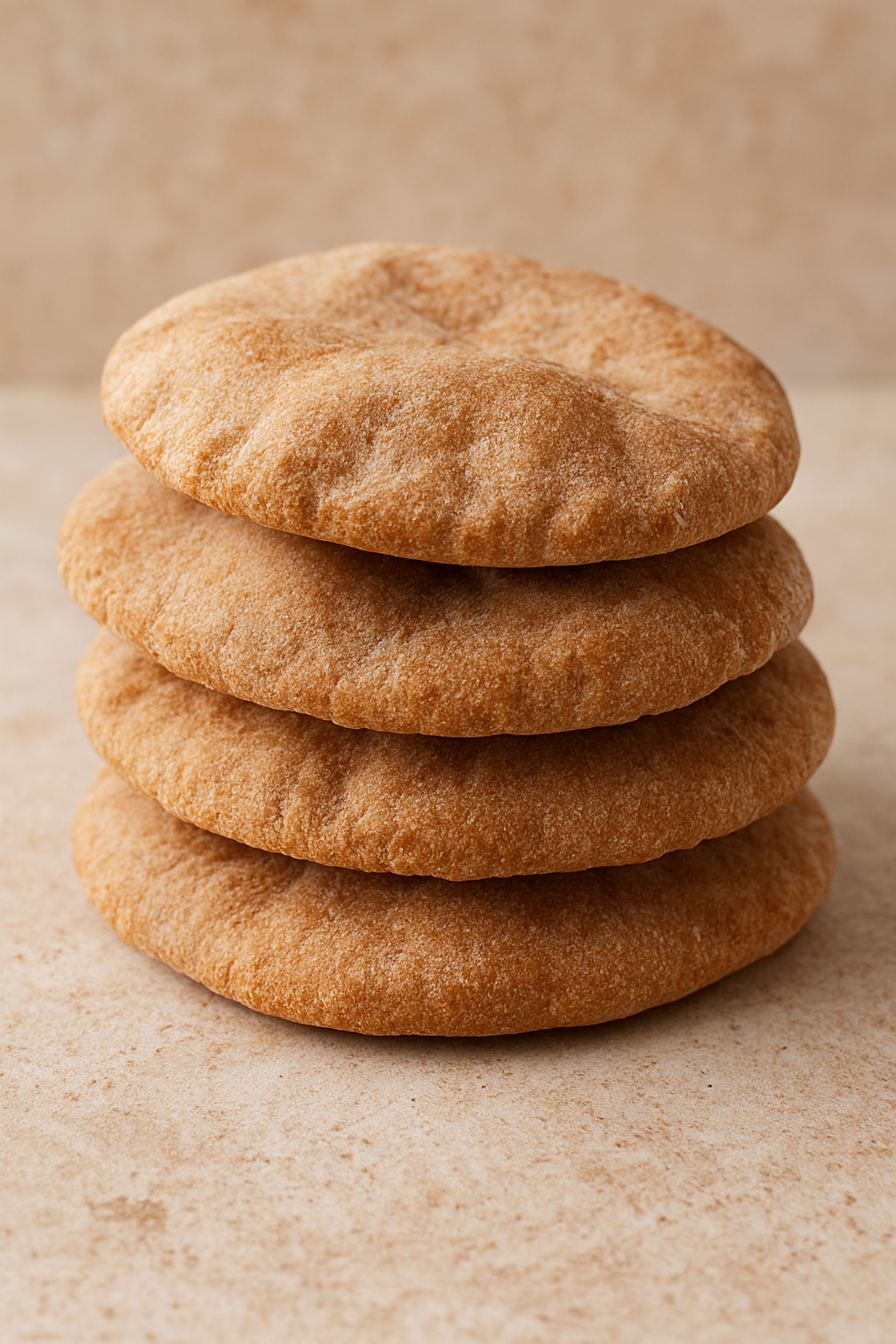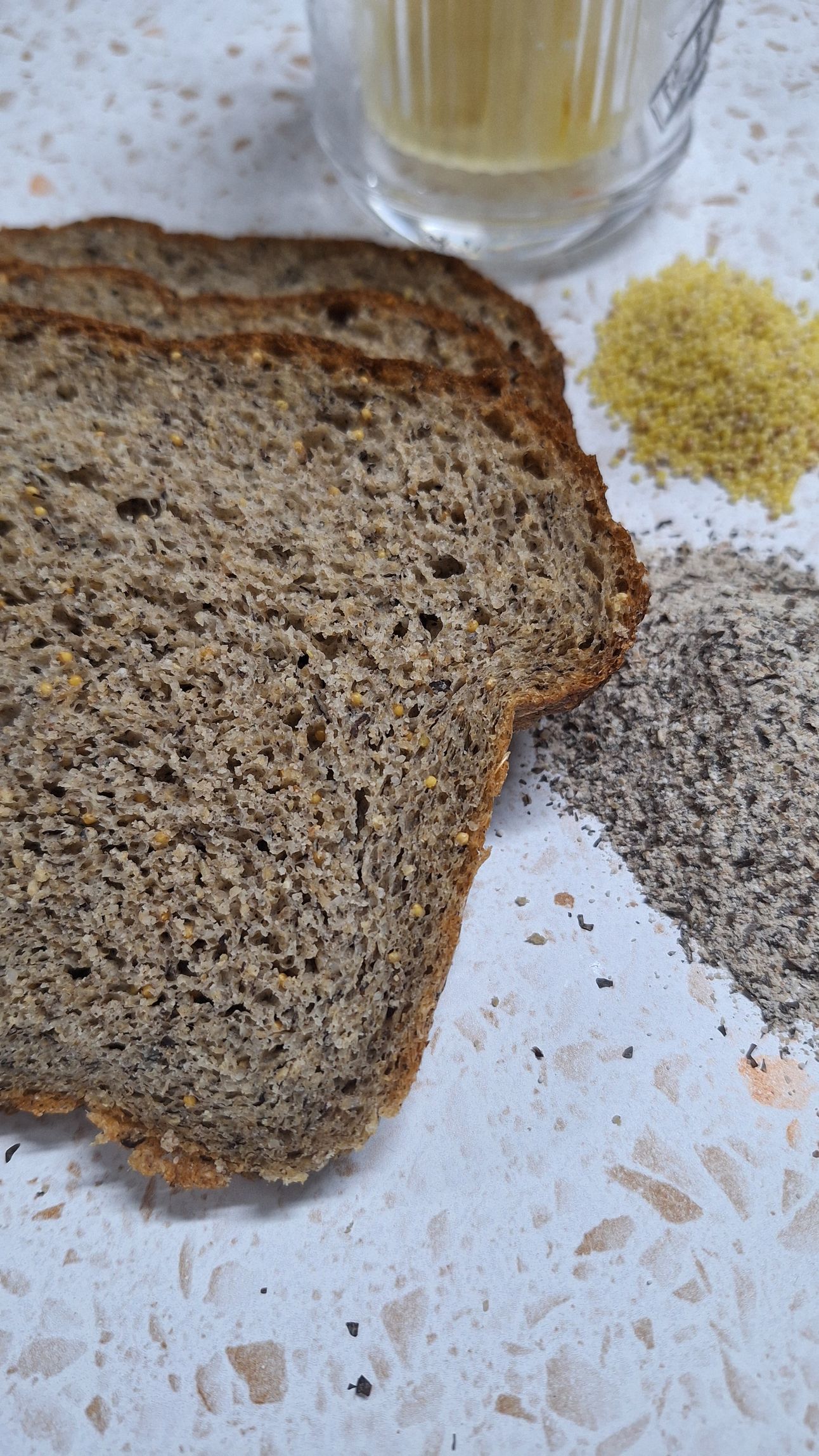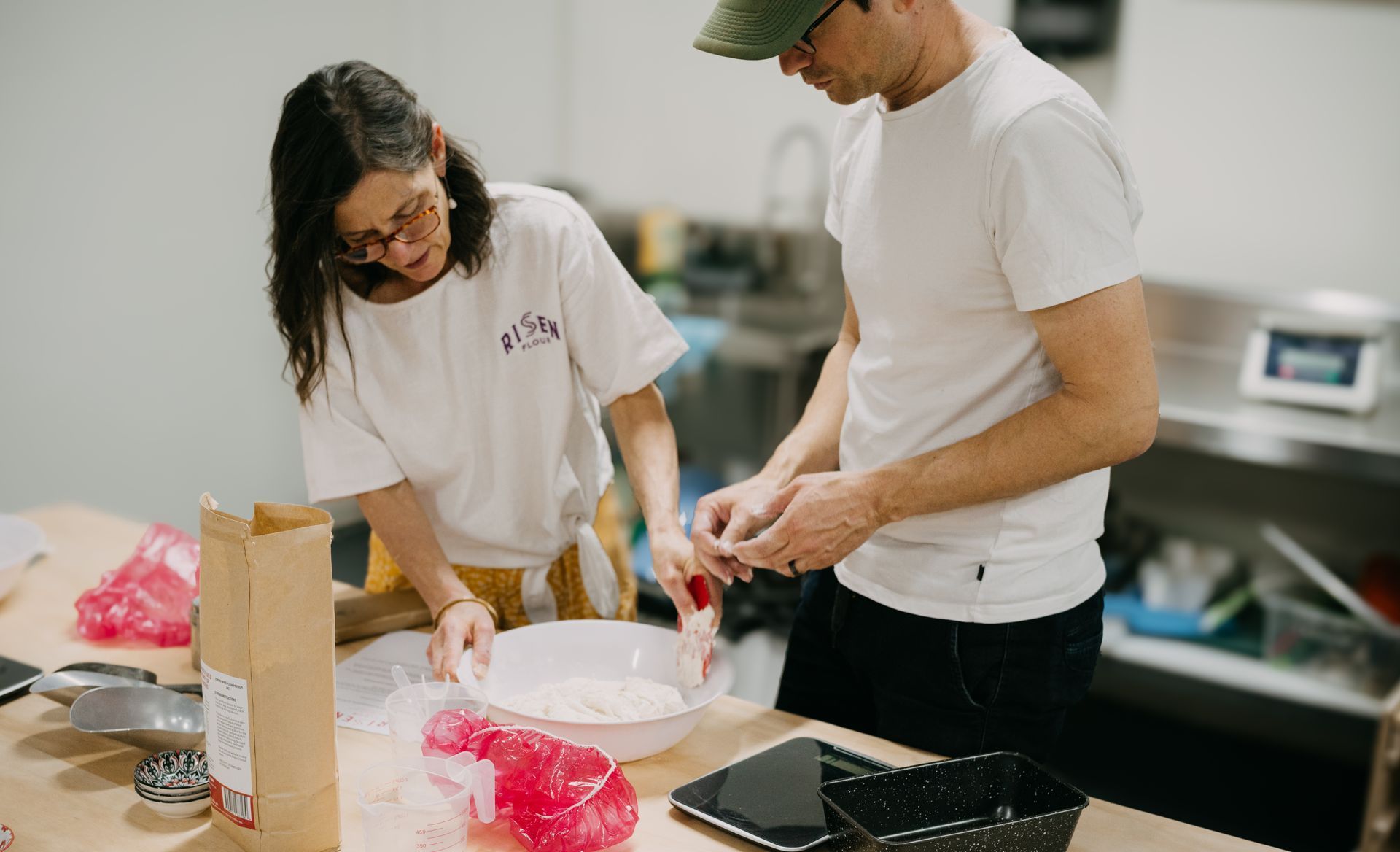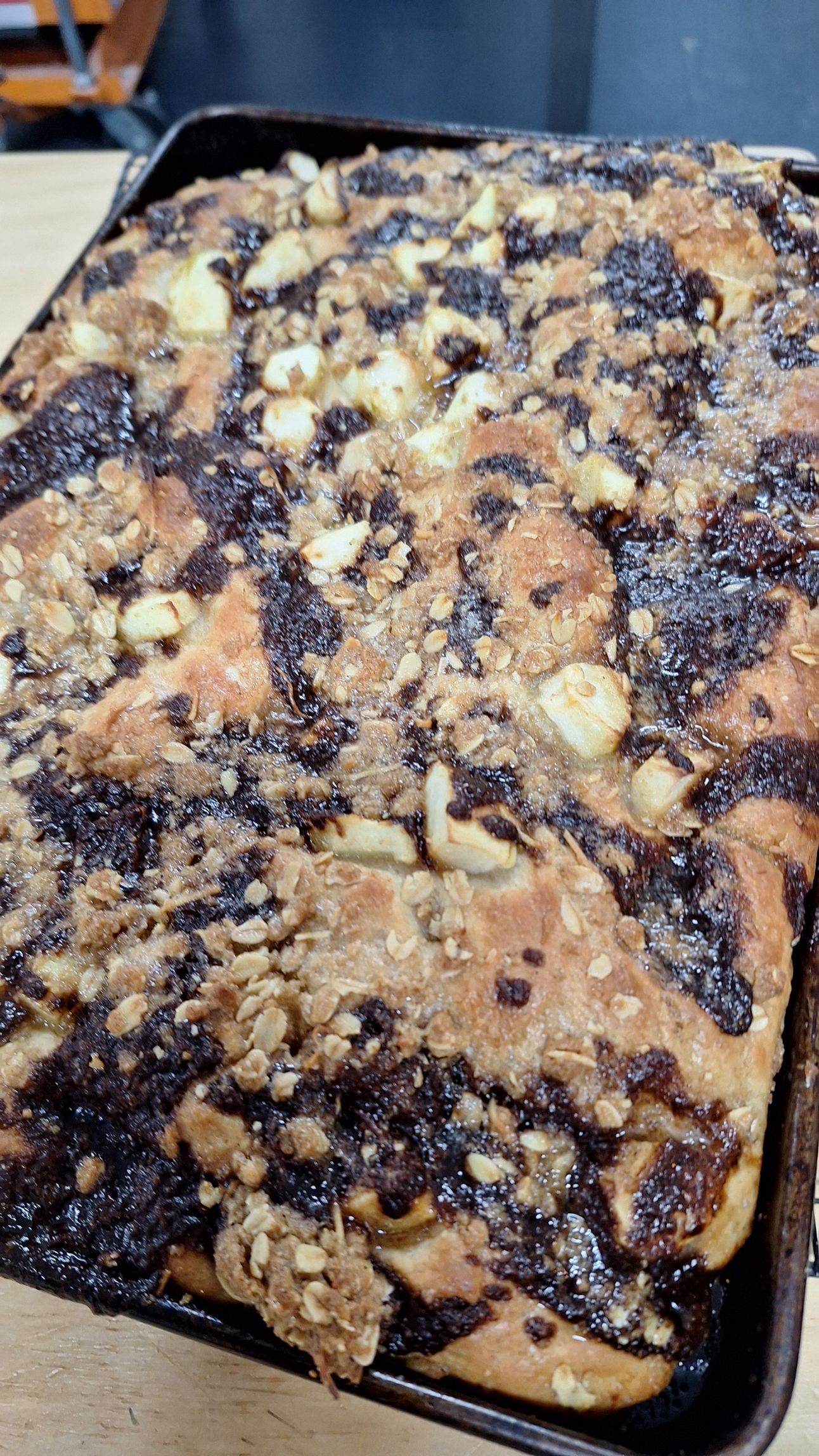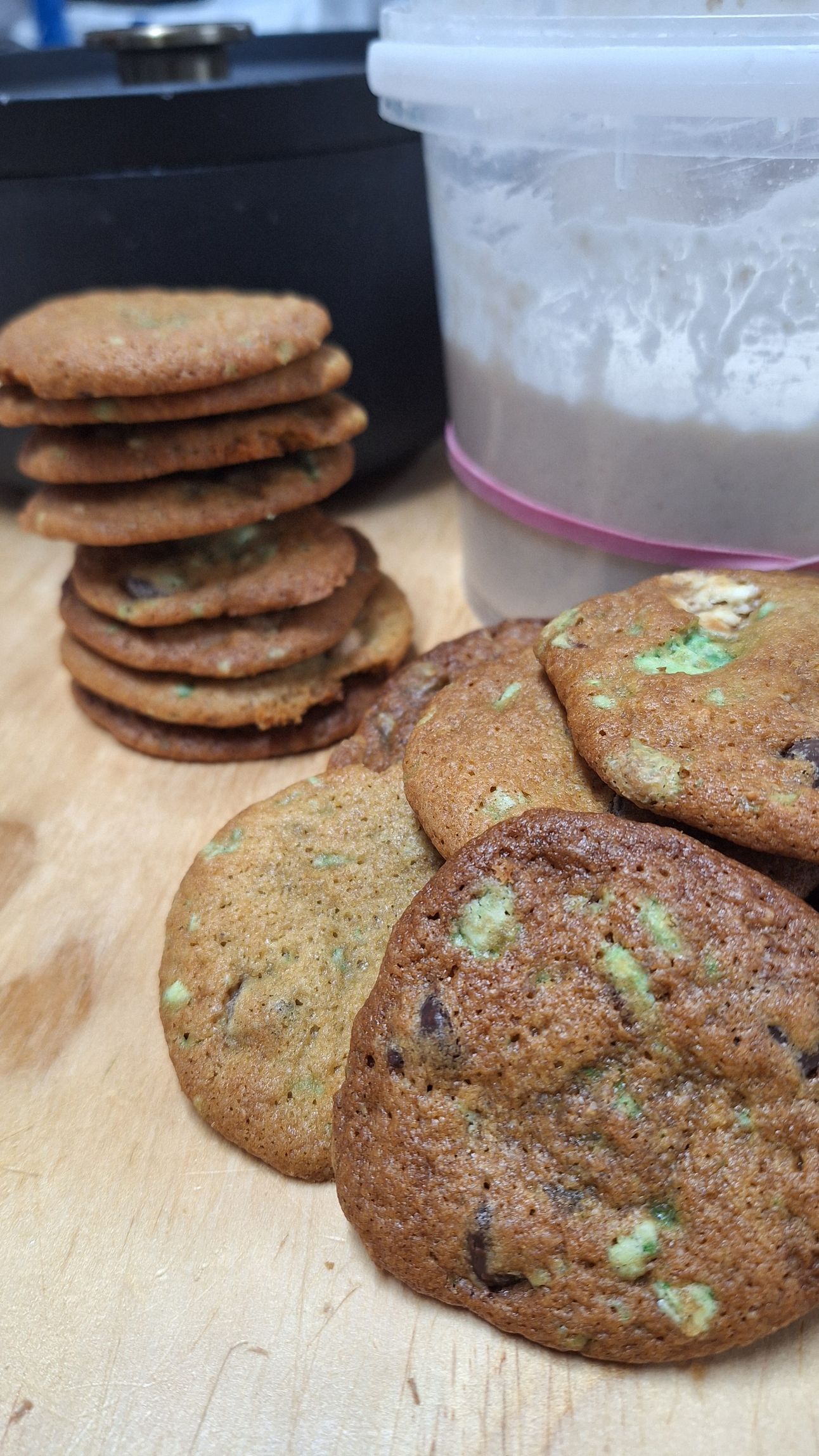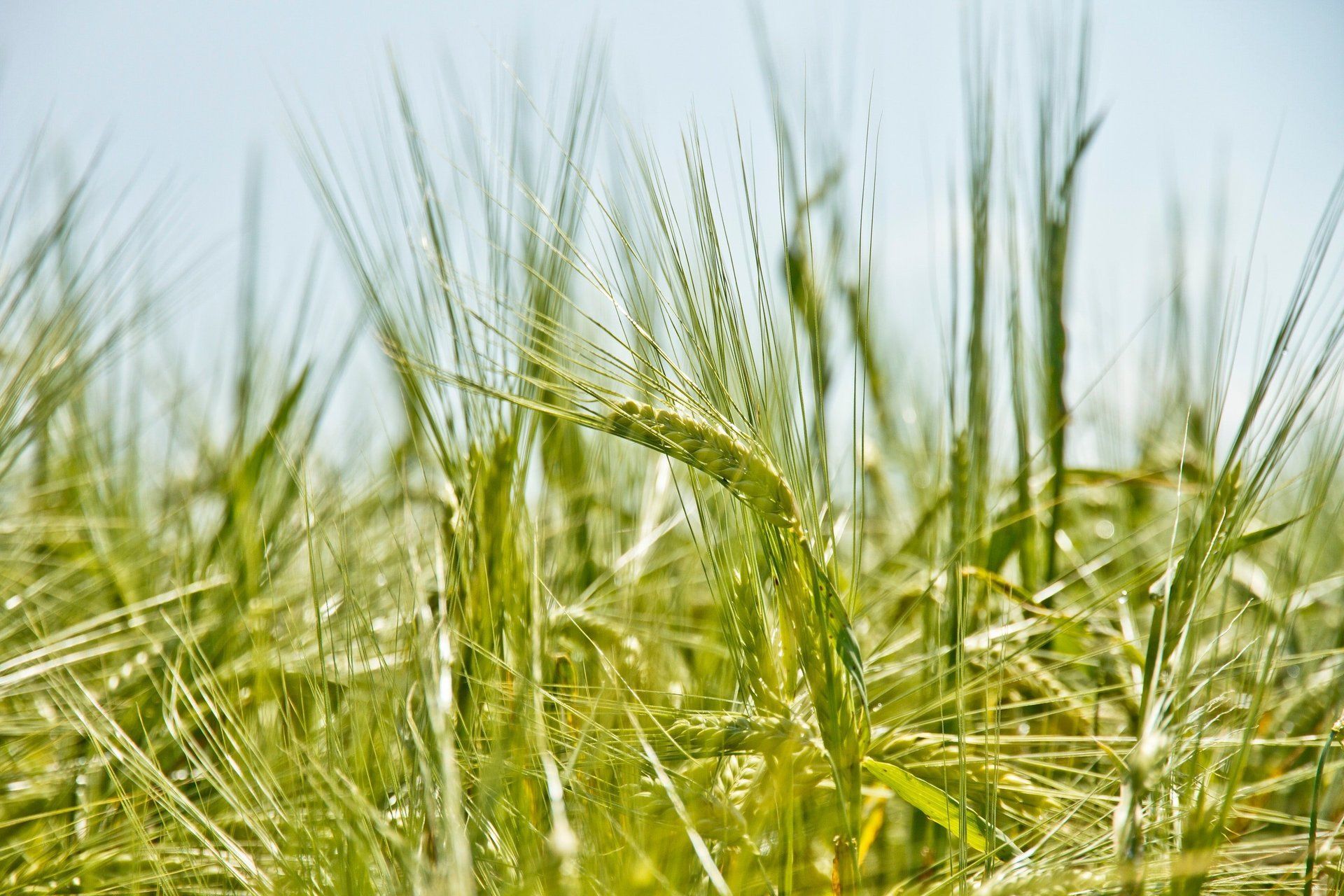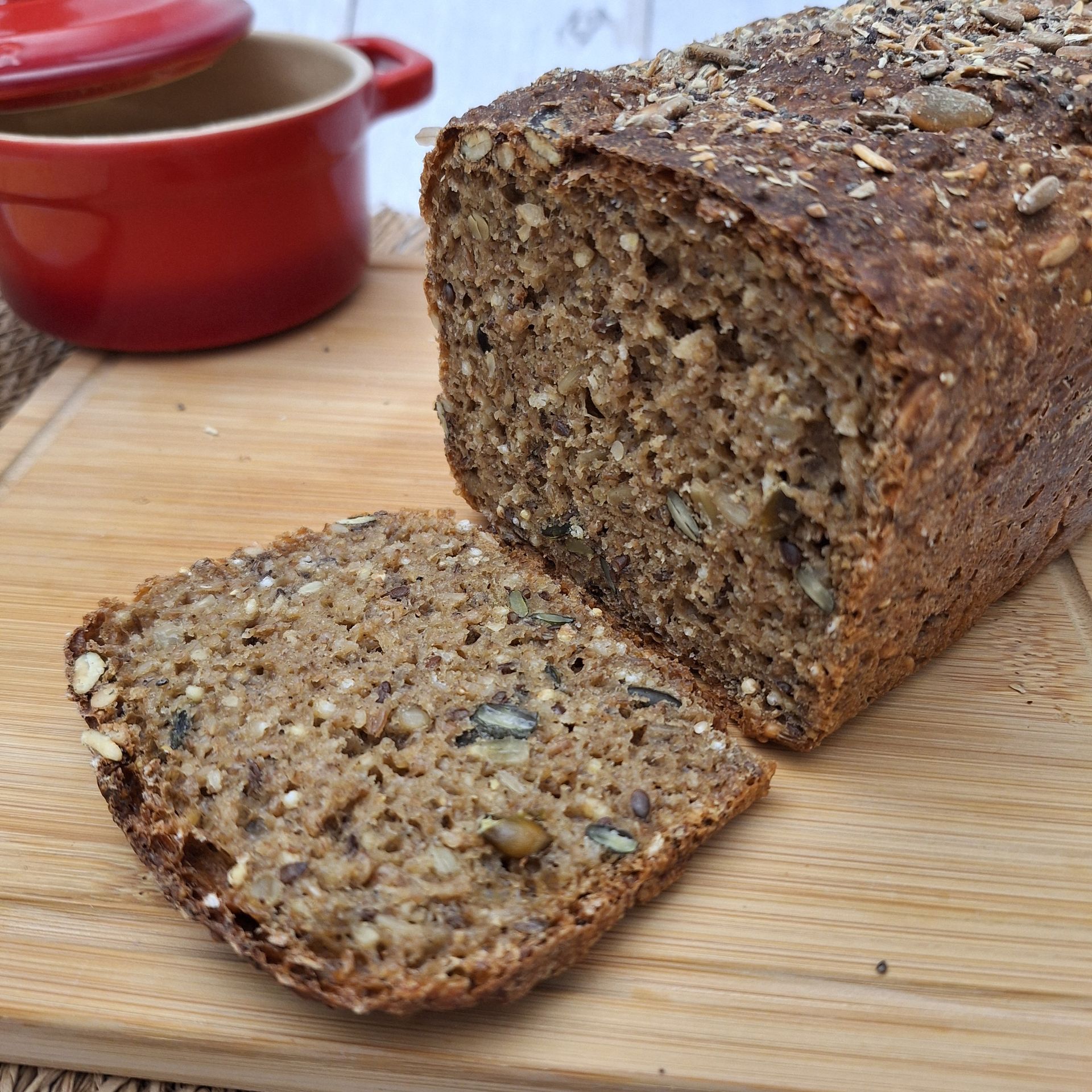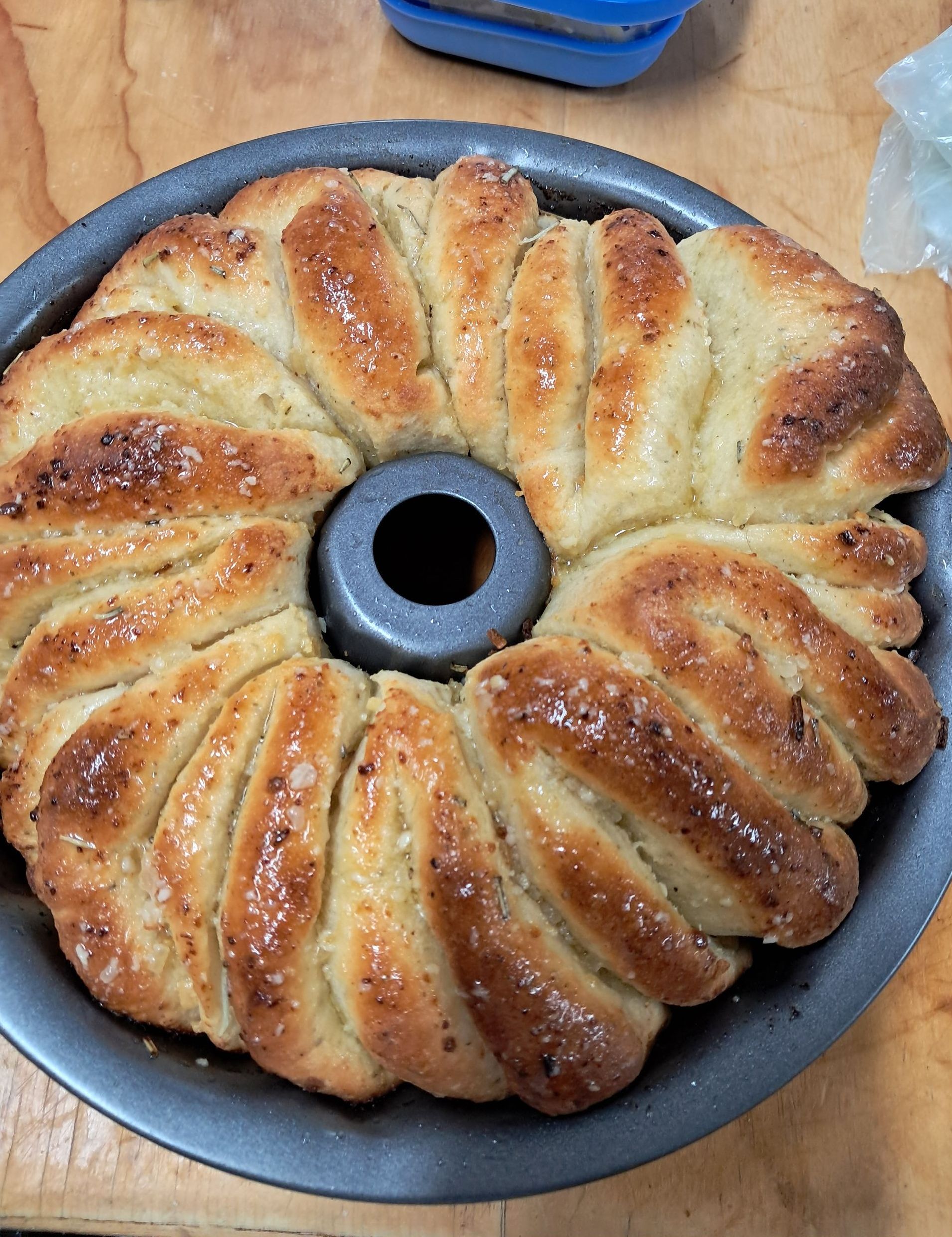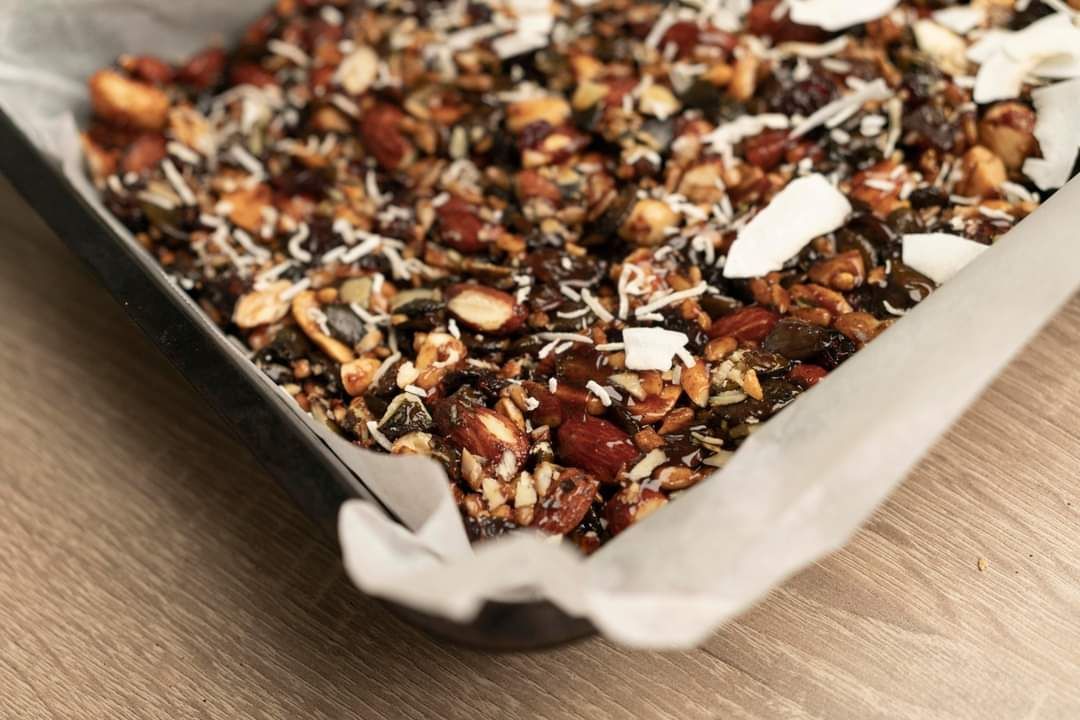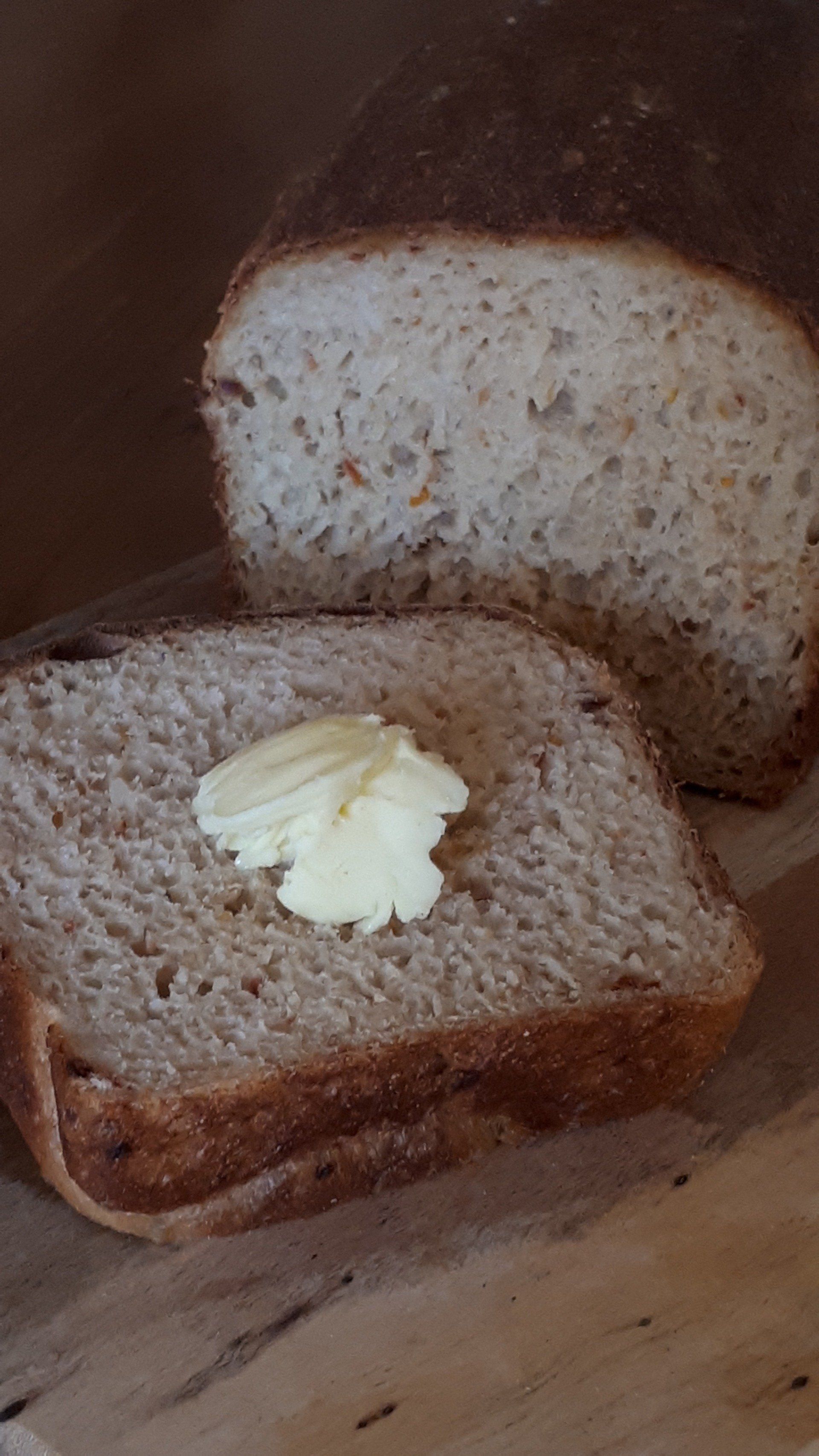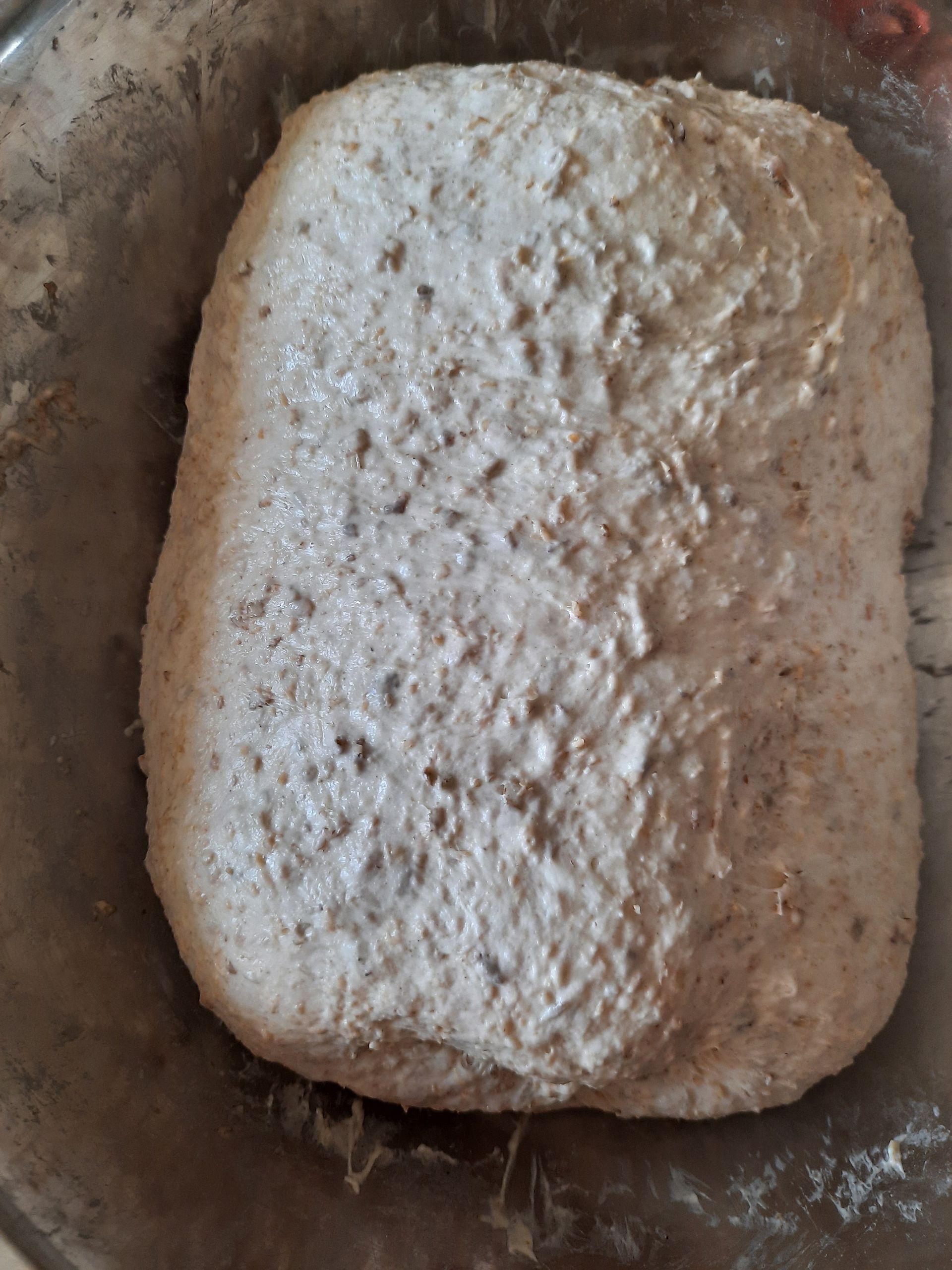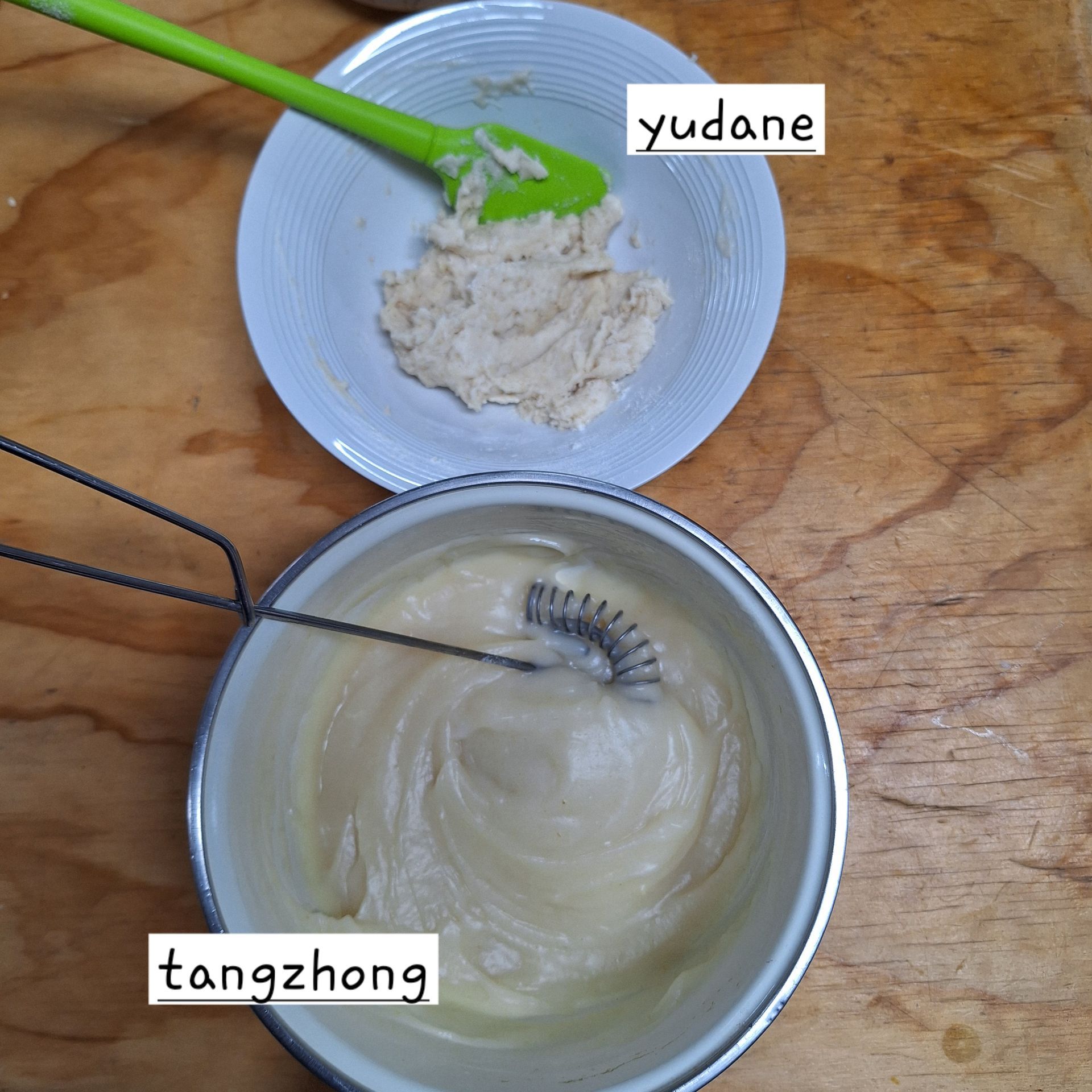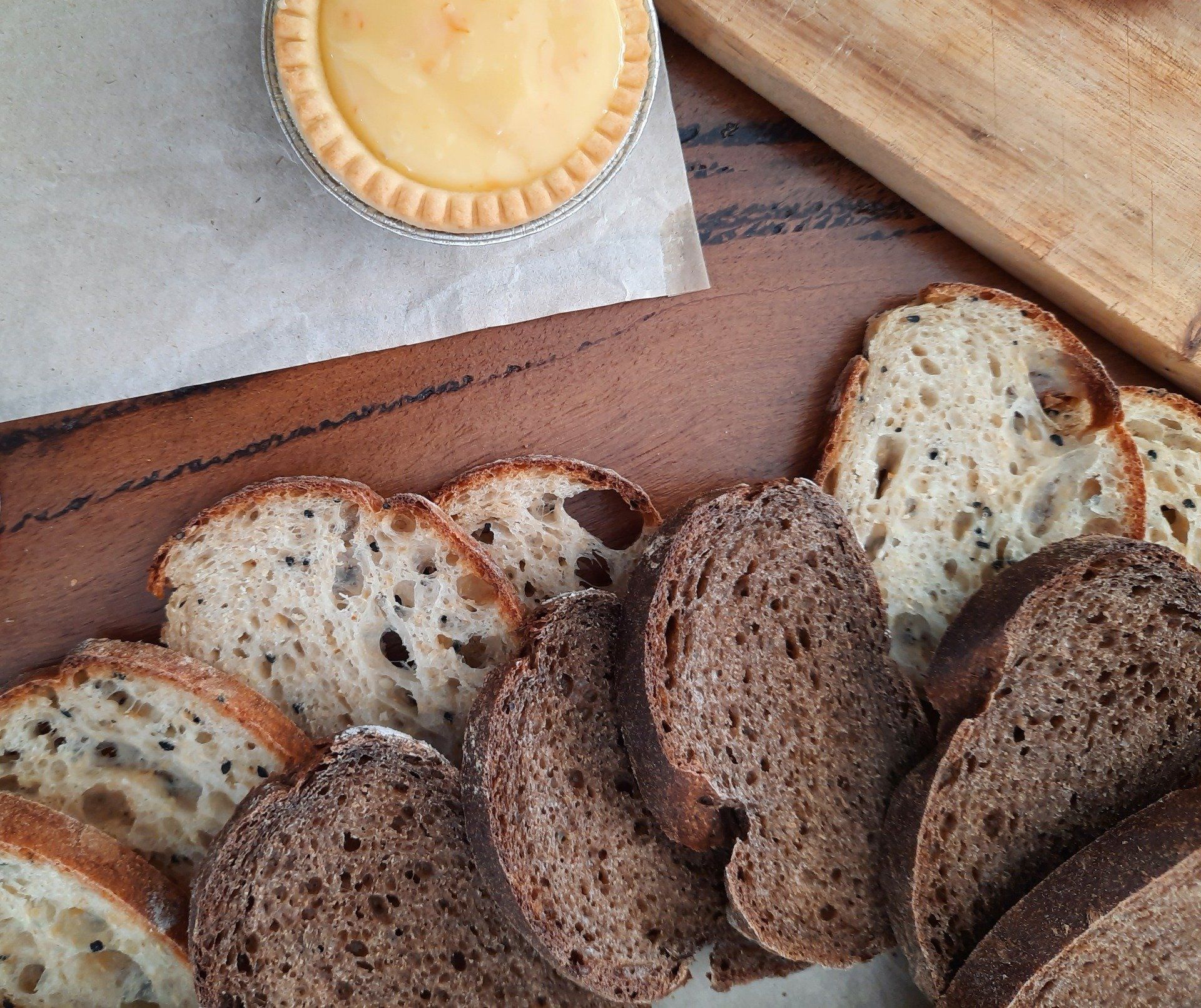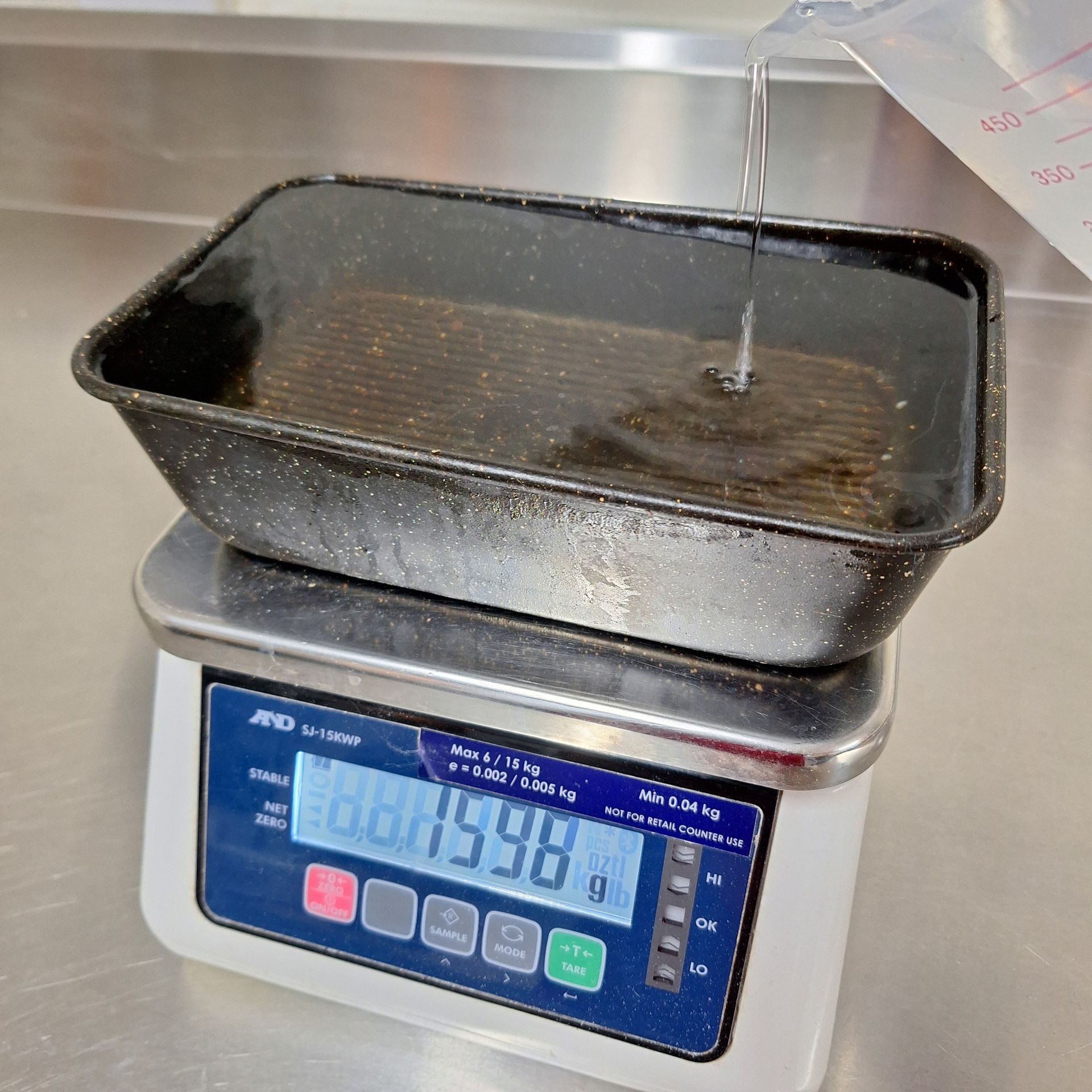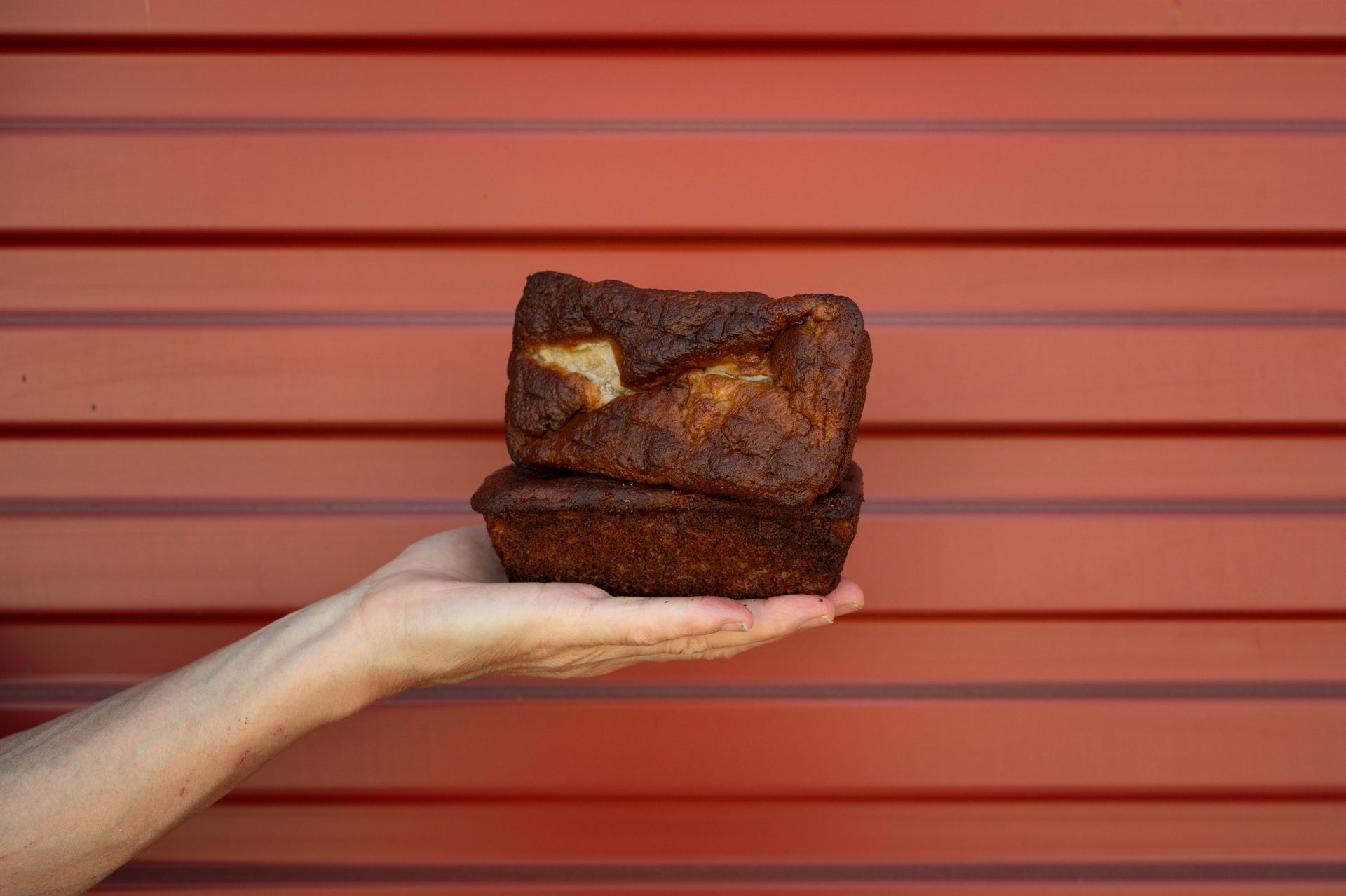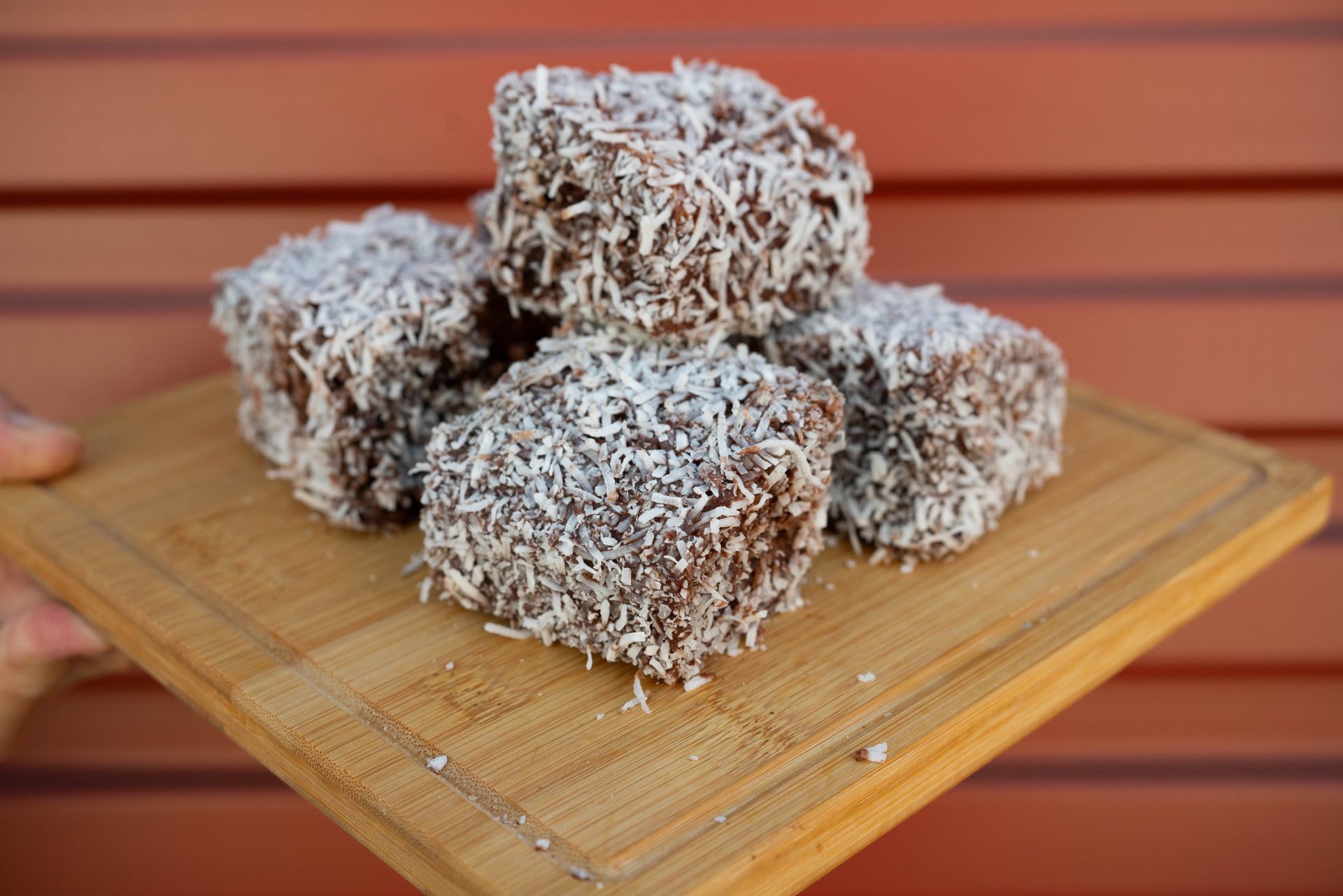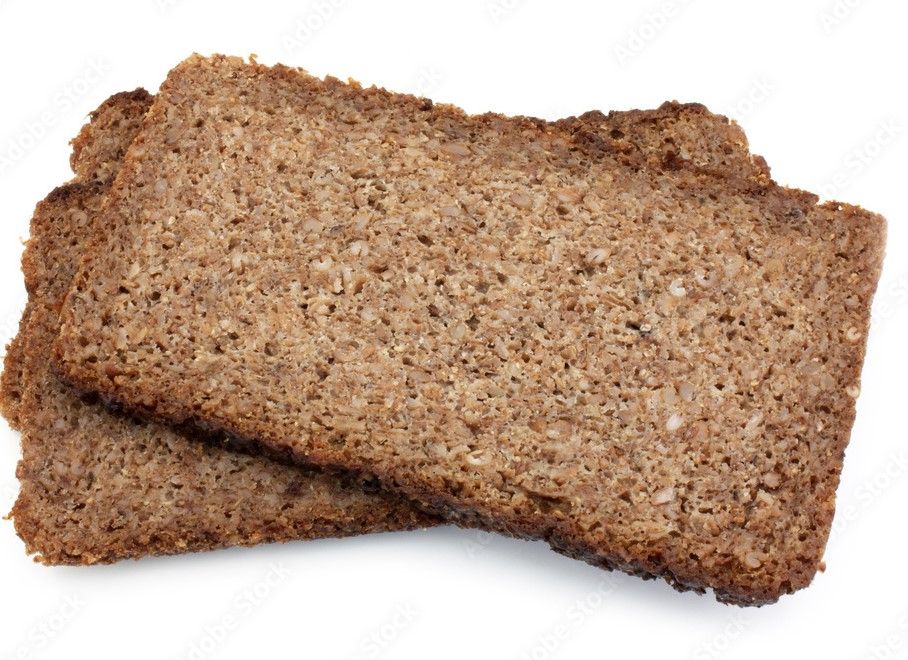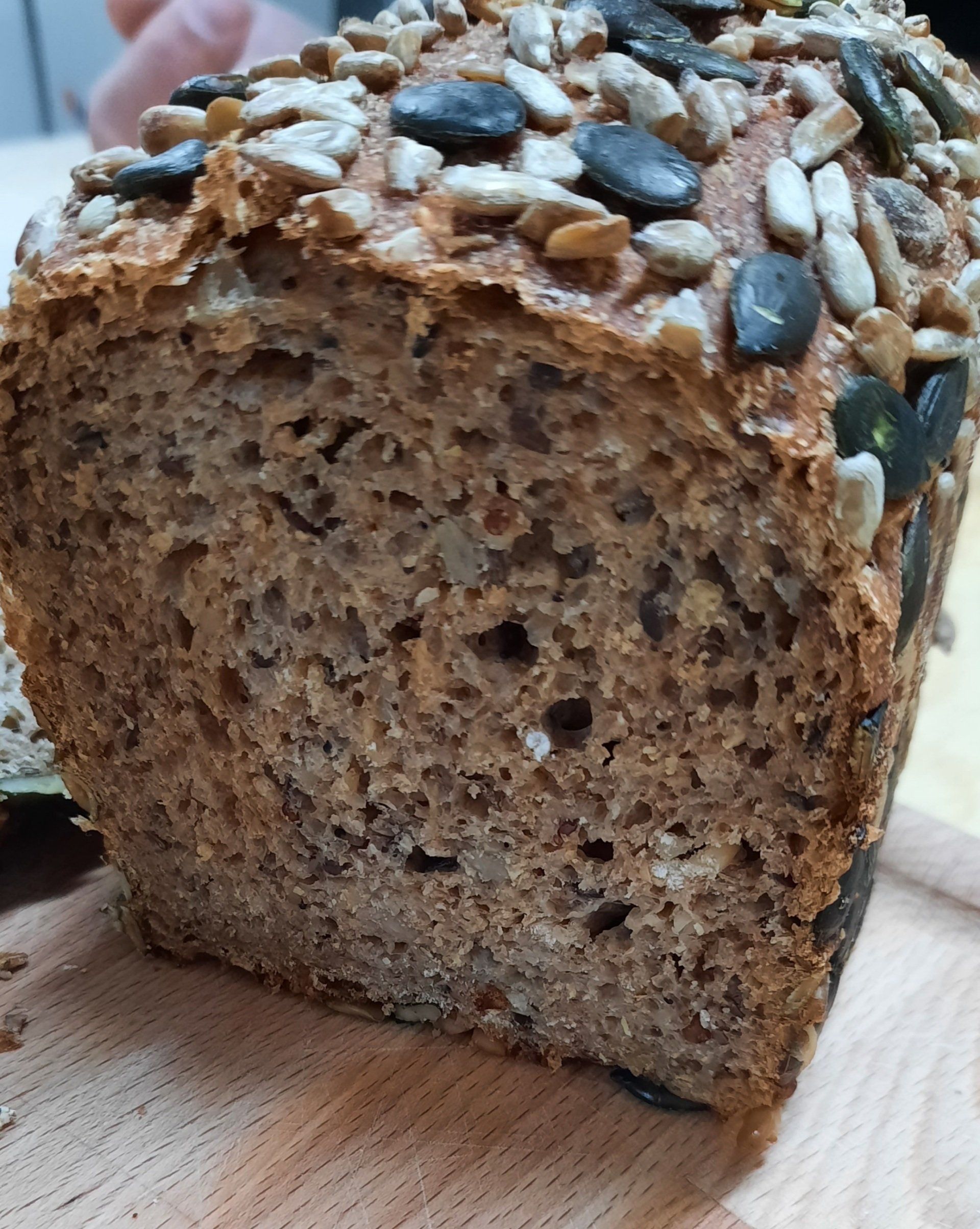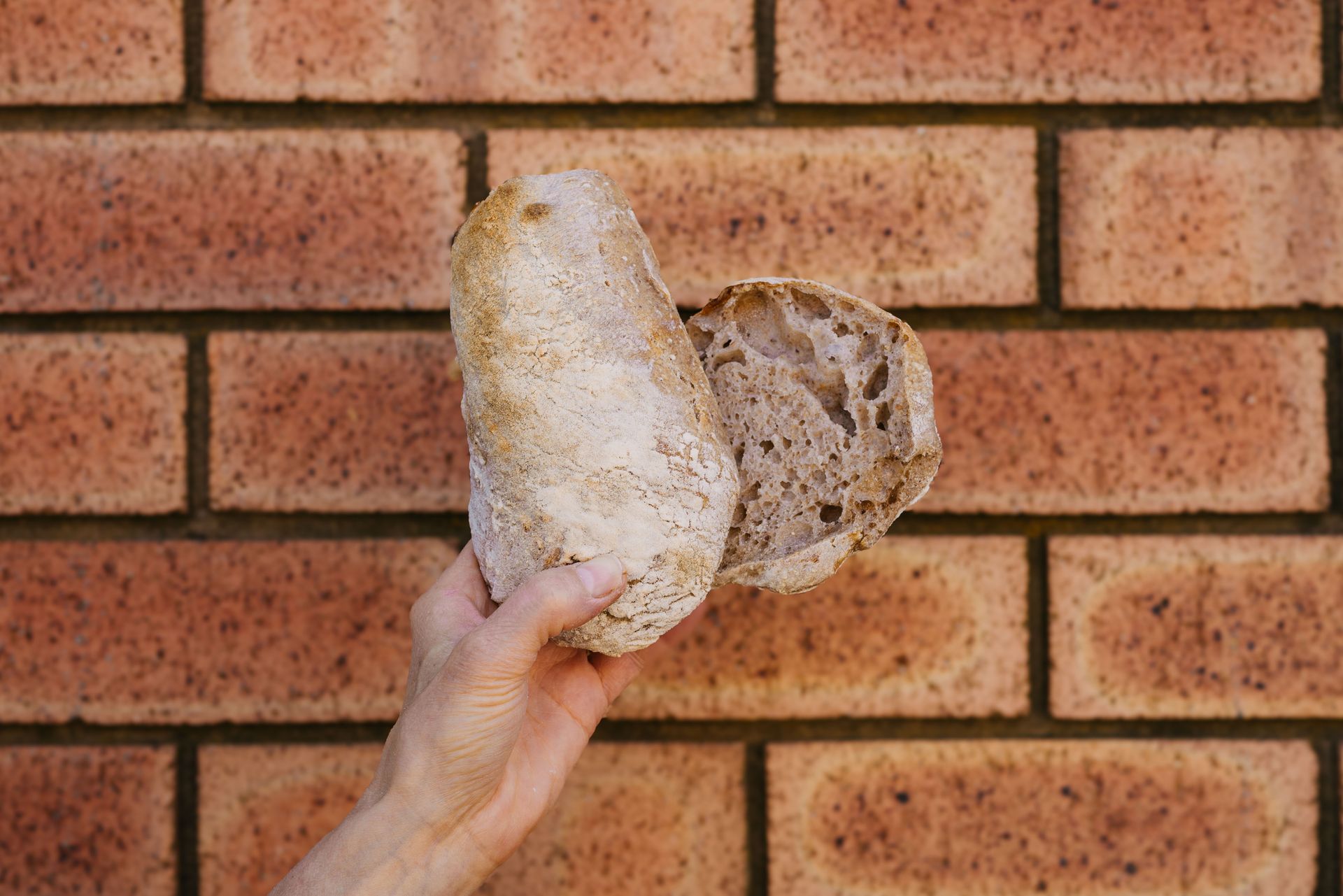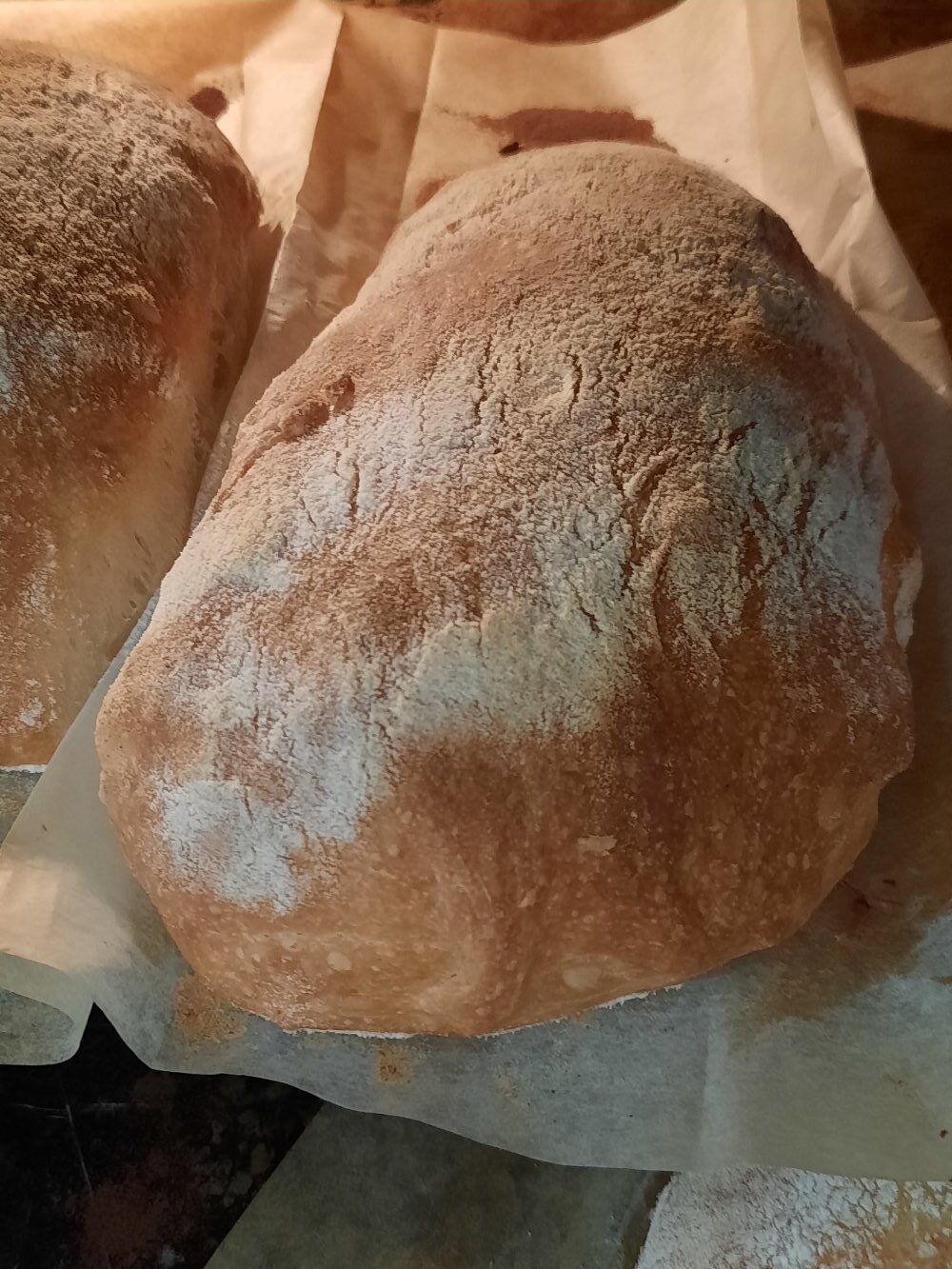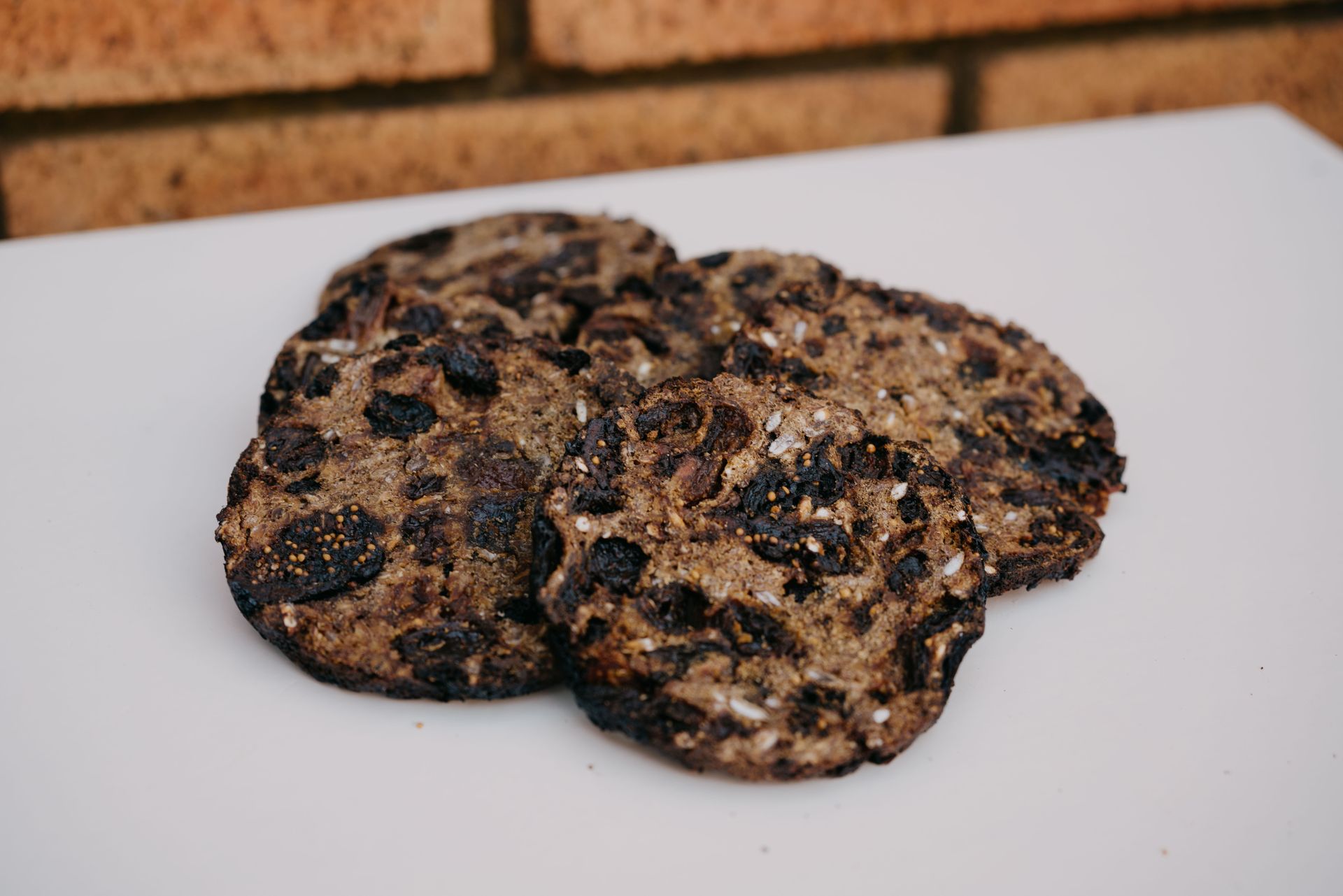By Jan Schluter
•
October 17, 2022
INGREDIENTS: 8g Risen Flour's dried instant yeast 200g Risen Flour's Durum Semolina 400g Risen Flour's pizza Milano flour (or strong white bread flour) 480g water 11g Salt METHOD Place yeast, 400g flour, 200g semolina , 450g water and 11g salt in an electric mixer. Beat on medium-high speed until just combined and slowly add more water a little at a time and allow to absorb before adding more water. Check the dough and if its not absorbing any more water discard the balance of the water, otherwise add the rest slowly. Mix until full gluten development has been reached - about 25 min in a domestic mixer scraping it off the hook as it creeps up. The dough will be a wet and sticky. Do the window pane test - with wet hands pull the dough apart and it should stretch and become transparent with a clean smooth membrane. You should be able to stretch the dough for around 10cm before it breaks. (dough will be quite wet). With wet hands transfer to a greased bowl cover with a clean tea towel and set aside at room temperature for 1-1.5hrs during this time do 2 sets of stretch and folds 30min apart. ( a stretch and fold is taking one edge of the dough and lift it up and fold it over to the middle, then repeat with the other sides ), OR until doubled in size ( In warmer tempretures it may take less time so keep an eye on it). It should be wobbly and bubbly. Once its rested place the dough gently on your baking tray that has been heavly floured (you can use baking paper too) - cut into shape sprinkle the top generously with flour on top and allow to proof for 30 - 45min more at room temp covered. Preheat oven to fan forced 240°C. Place a saucepan on the bottom of the oven with a rack above it. Bake for 25-30 minutes until bread is risen, golden and bottom sounds hollow when tapped. Cool on a wire rack for 1 hour. Enjoy - if you have any questions please drop me an email or give us a call. Jan

